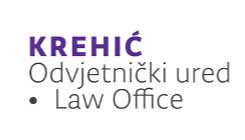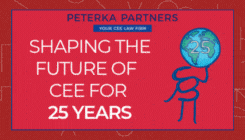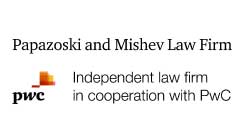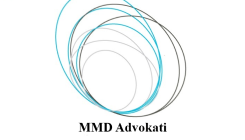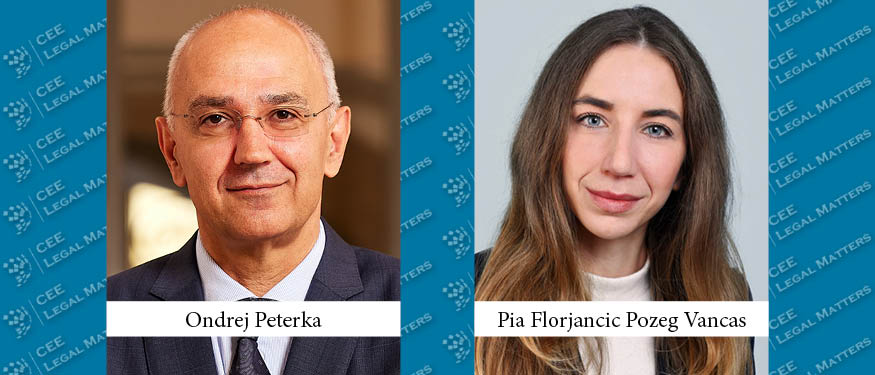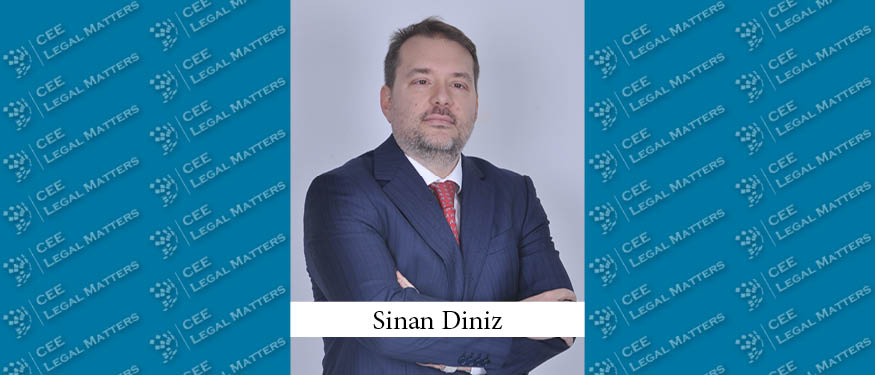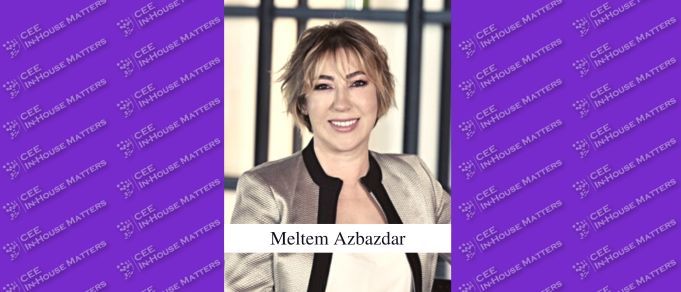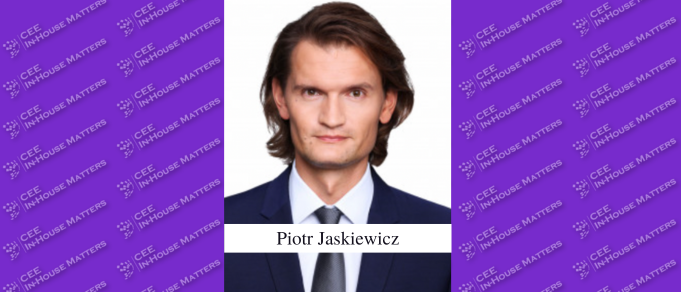Romania’s legal media has been remarkably vibrant, outpacing its regional peers in both volume and influence. Juridice.ro Executive Director Daria Niculcea, who has witnessed its evolution firsthand, Act Legal Marketing Manager Ana Maria Manea (Pandelea), with the experience of the firm’s regional marketing strategy across 18 markets, and Pro/Lawyer CEO Mate Bende who provides PR consultancy examine how different factors shaped this unique ecosystem.
A Distinctively Open Legal Dialogue Culture
“Overseeing the 18 jurisdictions where Act Legal operates, I’ve found that Romania’s legal publishing environment is exceptionally robust,” Manea notes. “While many CEE countries rely heavily on institutional communications or general business news for legal visibility, Romania benefits from an independent, editorially diverse legal media space. This pushes law firms to be more thoughtful, and marketing professionals to be more strategic, about how and where they contribute.”
Niculcea shares a similar viewpoint, saying that Romania has developed a solid ecosystem of legal publications over the last two decades. “The first serious initiatives appeared in the early 2000s, with Avocatnet.ro in 2001 and Juridice.ro in 2003,” she notes. “However, the real turning point was undoubtedly Romania’s accession to the European Union in 2007. That moment sparked an explosion of interest among lawyers in being visible in the public and professional space, and the emerging legal media platforms were quick to respond to that demand.”
Why Romania Stands Out in CEE?
What sets Romania apart from other CEE countries, Niculcea argues, “is the local culture of public dialogue. Romanian lawyers are generally more willing to have a public voice, to write, and to be visible.” In other jurisdictions, “my impression is that communication tends to be more restrained or rigid, and legal media is either nearly absent or focused only on official reporting,” Niculcea adds.
And it’s not only the case that in other markets communication is actively restrained – sometimes it is more of a self-imposed standard. For example, as Bende explains, “Hungarian lawyers tend to be quite conservative in terms of marketing and PR. Many still recall the era of a complete ban on legal advertising, which was lifted nearly 20 years ago. Despite the change, a sense of restraint remains; many lawyers still feel it is inappropriate to be too visible. However, because of this cautious approach, those who do make use of legal and business media for visibility often stand out significantly more.”
Niculcea believes that Romania’s legal media landscape is one of the most dynamic in the region, also “not just because of its platforms, but because of the people behind them: lawyers, editors, contributors, and readers alike. It’s a space that encourages dialogue, fosters professional growth, and reflects a legal community that isn’t afraid to speak up, share knowledge, and evolve.”
When asked about the driving forces behind this culture, Manea points to structural influences. She also believes that the reason behind this development is “likely a mix of market maturity, academic tradition,” as well as a highly competitive legal culture. “There’s a sense that the more often your firm appears in quality publications, the better you’re perceived,” Manea points out. “Half joking, of course – but not entirely. On a more serious note, Romania’s language and legal tradition are rooted in Latin, and by extension, in Roman law and Roman rhetorical tradition, meaning the rhetorical and argumentative spirit is deeply embedded in the legal profession. Combined with a competitive market and a structured approach to legal advertising, these conditions have helped Romania develop one of the most dynamic legal media markets in the region.”
This combination of cultural and historical factors is further reinforced by a supportive regulatory framework. “The Statute of the Legal Profession explicitly allows lawyers to build visibility by publishing legal commentary, interviews, or case notes – but only in legal publications or those with distinct legal sections,” Manea emphasizes. “This ensures content appears in relevant, dedicated contexts and avoids the risk of disguised advertising in lifestyle or unrelated media. It also creates natural demand for high-quality legal editorial platforms, and Romanian publishers have long delivered in response.” This approach does have its drawbacks. For example, as Bende explains, because in Hungary lawyers can comment on legal trends, legislative changes, or legal procedures in any type of media outlet, “business-minded law firms take advantage of this freedom to build both brand awareness and the expert status of individual lawyers,” in a more targeted manner. “For example, if an employment lawyer wants to reach HR professionals, they may publish employment law-related articles on platforms specifically targeting HR audiences. They can also utilize general business media, and even tabloids or lifestyle publications – especially in areas like family law, where the target audience may be more active in those spaces.”
Key Players in Romania’s Legal Media
The current legal media ecosystem in Romania reflects not only growth in numbers but also increasing specialization and digital sophistication. “Today, the most visible platforms include Juridice.ro, with an impressive volume of contributions and a very active community, BizLawyer, which focuses on business law, and Legal Marketing, known especially for its law firm and lawyer rankings,” Niculcea says. “Also worth mentioning are Universul Juridic, particularly strong in legal publishing, and Lumea Justitiei, which takes a more activist and often political-professional stance.”
Manea believes that “what stands out is not only the number of publications but also the professionalism and consistency with which they operate. Platforms like Juridice.ro, Universul Juridic, Legal Marketing, BizLawyer, and Ziarul Financiar (through its dedicated legal section) offer a wide range of formats, from doctrinal articles and interviews to business-legal insights and thought leadership pieces.” What’s more, the Romanian legal media isn’t static, but it’s evolving with the times. Notably, she says, “traditional platforms like Juridice.ro are embracing newer formats such as Instagram Reels, showing their ability to adapt and stay relevant to a broader, more digital audience.”
Content Trends
Content-wise, Romania’s legal media space has a particular tone and focus. “The dominant type of content is largely positive and image-oriented: press releases about promotions, legal commentary on current topics, interviews, and coverage of academic and networking events,” Niculcea explains. “At the same time, I’ve seen a growing shift toward ‘thought leadership’ content – scientific studies, in-depth thematic analysis – which signals a slow but steady transition in how lawyers communicate: from speaking about what they do to speaking about how they think, through articles and participation in legal events.”
This shift in content is mirrored by a deeper change in how law firms approach media engagement as a whole. Niculcea highlights a recent shift when it comes to media strategy – “from reaction to initiative. If in the past law firms waited for publications to ‘discover’ them or their projects, today most firms manage their public exposure proactively.” She says that “many have brought in journalists or communications specialists precisely to ensure a constant flow of high-quality content. It’s a genuine paradigm shift – visibility is no longer a side effect of success, but a strategic component of it.”
This new mindset has also reshaped internal processes around legal marketing. “Our approach to legal marketing has definitely evolved alongside this environment,” Manea adds. “While publication used to be primarily about professional credibility, today it’s a more strategic, layered tool for both brand building and business development. We adapt tone and format to fit the outlet, and we’re deliberate about who contributes, when, and why. Whether we’re promoting a practice group or sharing a lawyer’s insights into regulatory trends, our focus is on clarity and authentic connection.”
A multi-channel presence has become essential to this strategy. In terms of visibility, Manea says, “we publish across both local and international platforms, each serving a distinct purpose. Local outlets remain highly important for domestic credibility, recruitment, and relationship-building. Pan-regional and international platforms, including CEELM itself, support our cross-border work and positioning in areas like M&A, for example, especially important given Act Legal’s regional reach and integrated structure.”
This article was originally published in Issue 12.3 of the CEE Legal Matters Magazine. If you would like to receive a hard copy of the magazine, you can subscribe here.










